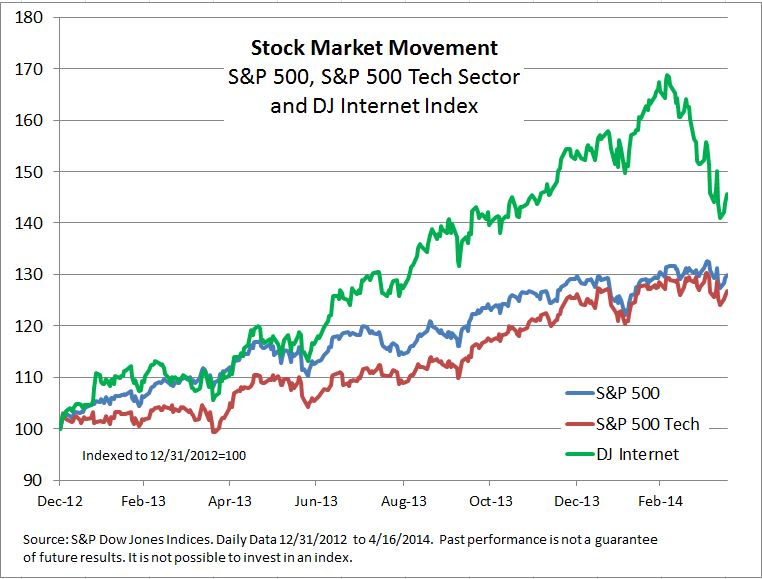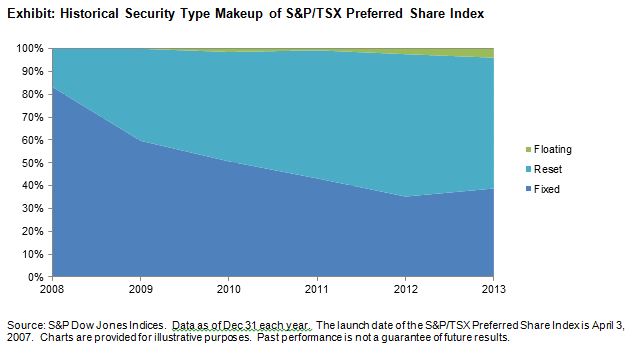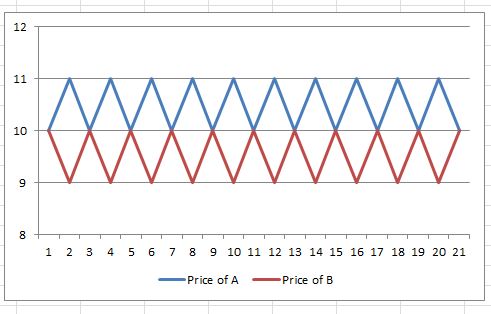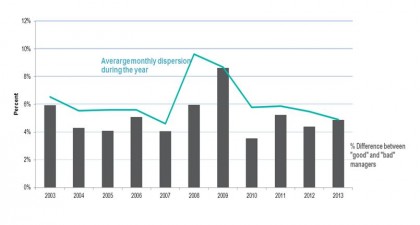Rising Home Prices are boosting property taxes while mortgage lenders may be getting more generous.
Bloomberg reports that property tax collections are rising at the fastest pace since the financial crisis with gains spread across the country. Among cities cited as enjoying renewed revenue gains were San Jose CA, Nashville TN, Houston TX and Washington DC. Rising home prices, as chronicled by the S&P/Case Shiller Home Price Indices are a key factor in the rebound. With some communities under pressure from lower revenues in recent years, the rebound will be welcome.
A different development in housing finance may remind some people of darker memories however. The Wall Street Journal reported over the weekend that one major bank is offering mortgages with only 5% down payments. This does not appear to be a return to the sub-prime days of years past and the loans are not being offered to all comers. It may also reflect the decline since last May in mortgages for refinancing. Since the Fed first hinted about tapering and the end of QE last year, the refi business has dropped from 75% of all mortgages to roughly half. Nevertheless, some may wonder if the generosity will turn out badly for the lender.
The posts on this blog are opinions, not advice. Please read our Disclaimers.








